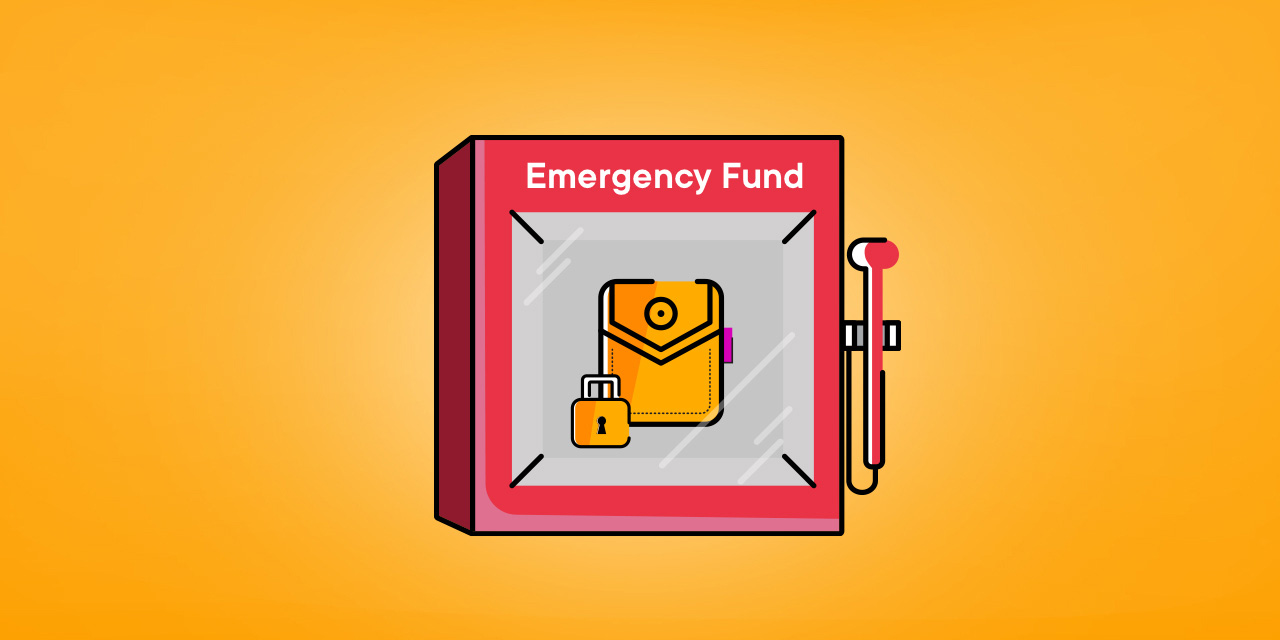Now Reading: How to Build an Emergency Fund from Scratch: A Step-by-Step Guide for Young Indians
-
01
How to Build an Emergency Fund from Scratch: A Step-by-Step Guide for Young Indians
How to Build an Emergency Fund from Scratch: A Step-by-Step Guide for Young Indians

In today’s uncertain world, having an emergency fund is no longer a luxury—it’s a necessity. Whether you live in Tier 2 cities like Indore, Nagpur, or Ranchi, life’s unpredictable expenses can hit anytime. Starting from zero may seem difficult, but with the right plan and mindset, you can build a solid financial cushion within a few months.
Here’s how to begin, even with a modest income.
Why an Emergency Fund Matters
An emergency fund acts like a personal insurance policy. It helps cover unexpected costs—such as job loss, a medical emergency, or urgent repairs—without needing to borrow or swipe a credit card.
Experts suggest saving at least 3 to 6 months’ worth of essential living expenses. For example, if your monthly expenses are ₹20,000, aim for ₹60,000–₹1.2 lakh in your emergency fund.
Start Small, But Start Now
You don’t need a big salary to begin. Start by setting aside even ₹500 or ₹1,000 every month. Treat it like a non-negotiable expense. Automate the transfer to a separate savings account to avoid the temptation to spend.
If you receive any bonuses, cashback, or festival gifts in cash—save a portion of that too.
Choose the Right Place to Park the Fund
Your emergency fund should be safe, liquid (easy to access), and separate from your main account. Here are three good options:
- Bank Savings Account: Easy to access anytime.
- Fixed Deposit with Sweep-in Option: Slightly higher returns with quick access.
- Liquid Mutual Funds: For a bit more return but still relatively low risk and accessible within 24 hours.
Avoid locking this money in long-term investments like stocks or real estate.
Track Your Expenses and Cut the Extra
The fastest way to save is to know where your money is going. Use simple budgeting apps or notebooks. Reduce spending on non-essentials like frequent takeaways, unused subscriptions, or impulsive shopping.
Even people earning under ₹20,000/month in smaller cities can find savings by adjusting small habits.
Build It in Layers
Don’t wait to save a big amount in one go. Think of your fund in stages:
- Stage 1: ₹10,000 for basic emergencies
- Stage 2: One month’s expenses
- Stage 3: Three to six months’ buffer
Each stage gives you more breathing room.
Keep It Only for Emergencies
This fund is not for buying gadgets, investing, or planning vacations. It’s strictly for emergencies. Having a rule helps maintain discipline and ensures the fund serves its true purpose.
Conclusion
Building an emergency fund from scratch may take time and effort, especially in smaller cities with tighter incomes—but it’s absolutely doable. It gives peace of mind, prevents debt, and builds confidence in your financial future. Start today with whatever you can save—your future self will thank you.

























